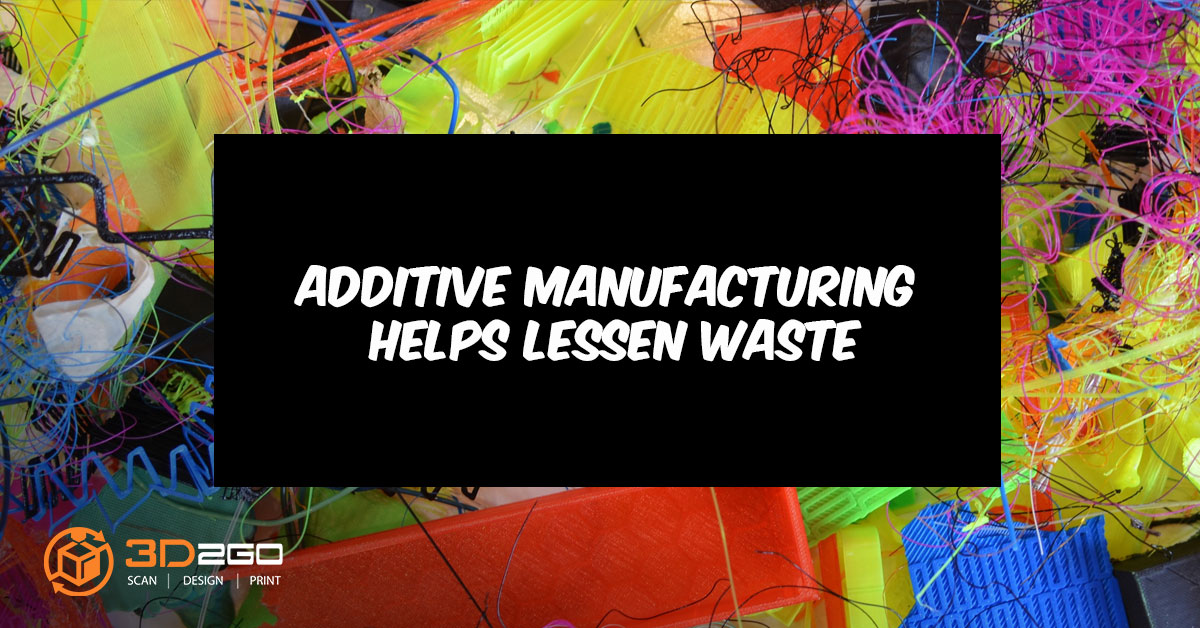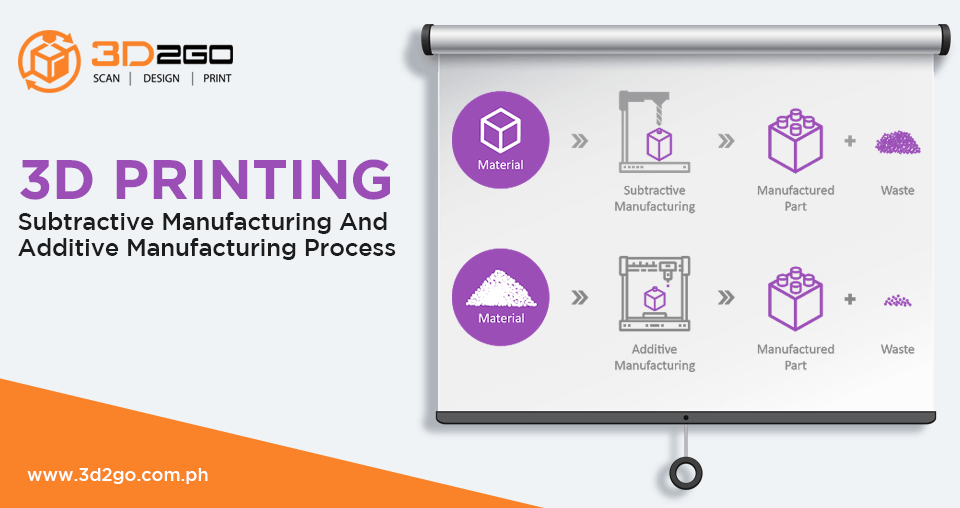
Add Personal Flair With 3D Printable Cake Topper Designs
June 1, 2022
The Best 3D Scanners in the Market Right Now
June 2, 2022Oftentimes, people readily assume that technology doesn’t go hand in hand with sustainability. This is understandable, given the modern-day technological breakthroughs that seem to harm the environment. However, this is not the case with 3D printing.
Done correctly, additive manufacturing can be a blessing not just for manufacturing, design, and a whole lot of industries, but also to the environment. That is because it creates opportunities for improved sustainability in so many ways.
For this article, we will take a closer look at its implications for waste management. Let’s view its potential in making sure the earth remains inhabitable for generations to come.
Firstly, a faster and more efficient production process doesn’t just lower operational expenses; it also translates to reduced energy costs. This includes energy costs on the product itself, as well as carbon emissions from the transport of products and components.
With 3D printing, less waste is generated. The more time it takes for products to finish, the more chemicals are used and the higher the possibility of harm to the environment.
However, a big problem arises: 3D printing uses two kinds of plastic, either ABS or PLA. Since both may not be recycled easily, what harm do they pose to Mother Nature?
The key is in combining fresh technologies involved in collecting plastic wastes and turning them into 3D printer filaments. Yes, researchers have found a way to making filaments from plastic bottles. That plastic water bottle you are holding can actually be used to create a new product. In line with this, we tackle its possibilities both on large-scale and home manufacturing.
Manufacturing at home
Imagine not having to go to the store to buy a smartphone case. If you have your own 3D printer, you can create one at home. And unlike the ones that are commercially available, yours isn’t wrapped in too much plastic and placed in a box along with the instruction manual, which all just goes back to the environment.
In cases of failed prints (smartphone cases that don’t fit), researchers are working on creating a grinder that accepts different materials. That means that soon, we may be able to extrude other types of plastic, which means using your regular shopping bags as filaments as well. It also means using recycling those failed prints so they don’t go to waste. Ultimately, the goal is for 3D printing recyclables to be a thing for the future.
Large-Scale Manufacturing
Industry-grade components processed using high-end machines definitely use more chemicals and other materials that only hurt the environment. This is the case with industries like automotive and aerospace where they create intricate parts and structures.
Locking Arms for Mother Nature
Truly, we can say that one man’s waste is another man’s treasure. Now imagine if all of us have this mindset. Remember, plastic bottles and many other wastes can be recycled in so many ways. If we all work together and open our eyes to the possibilities of recycling and its positive effect on the environment, then cliché as it sounds, the world will be a better place to live in.
For more blog posts regarding 3D printing and additive manufacturing, go to our blog. You may also contact us for orders and inquiries.






